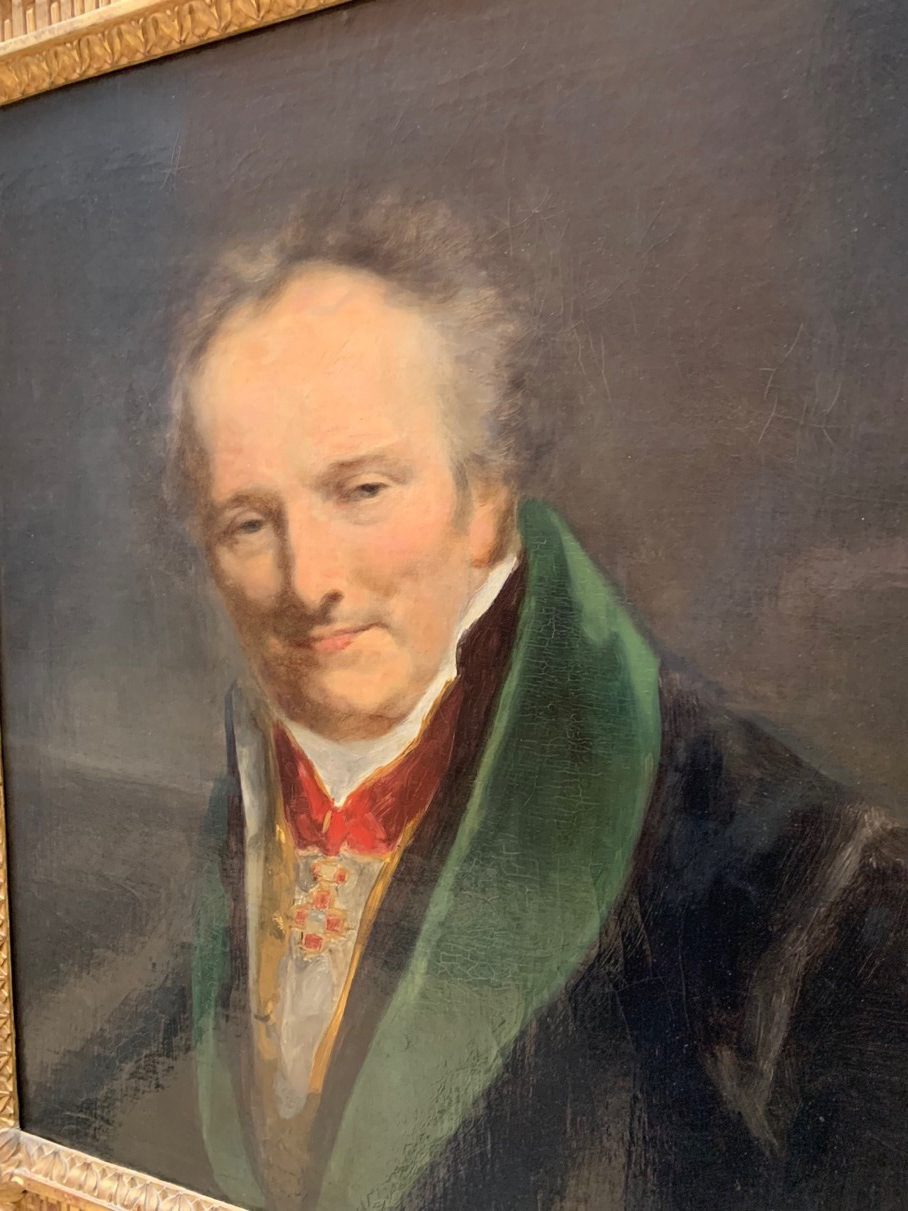

Vivant Denon
My Louvre by Antoine Compagnon

Vivant Denon
How could I not, one day or another, evoke the memory of Vivant Denon? Without him, the Louvre would not be what it is—nor, for better or worse, what it once was, for his legacy remains equivocal. Before the First Consul appointed him, in 1802, Director General of the Muséum Central des Arts (later known as the Musée Napoléon and, even later, Musée du Louvre), Vivant Denon was a vaguely licentious Ancien Régime engraver who emigrated during the Revolution but then accompanied the French expedition to Egypt in 1798 and subsequently served the ambitions of his master. Initially opposed to the removal of artworks, he fought to enrich the Paris collections with works seized in conquered countries, Italy above all. He made the Louvre a universal museum, a full-scale history of art. An educator, he reorganized the Grande Galerie as a “Historical Course on the Art of Painting,” for all viewers. Finally, in 1815, before stepping down, he witnessed the dismantling of his museum and the restitution of most of the conquered works. Prud’hon’s excellent portrait of him, Le Baron Vivant Denon (Sully, room 936), shows an affable, elegant, cunning man. At a time when there is so much talk of returning plundered works, it seems opportune to recall that Napoleon and Vivant Denon, together responsible for a great upheaval in Europe’s collections after the French Revolution, cultivated the modern eye.